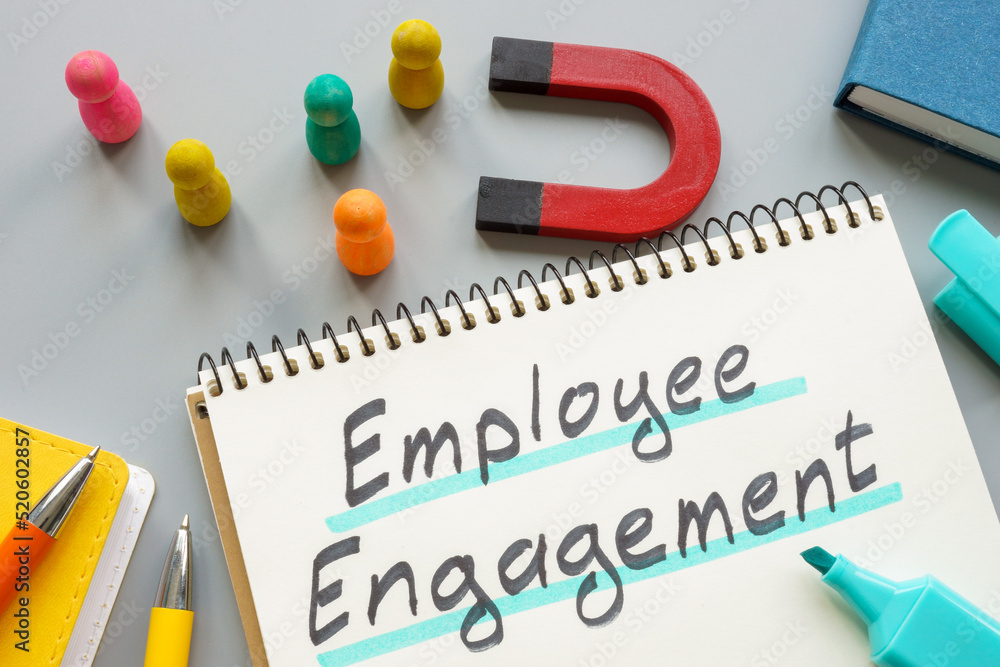Disengagement doesn’t always announce itself. More often, it hides in plain sight—behind polite smiles, quiet compliance, or a sudden dip in collaboration. For HR leaders and business executives, the ability to recognize these early signals can mean the difference between retaining top talent and watching them quietly disengage, then leave.
“As a recruiter, I often hear employers complain that their people seem happy until—suddenly—they aren’t,” says Sarah Williams, founder and principal at Recruit Healthcare. “But this kind of turnaround is rarely the case. You don’t need a crystal ball to see the signs of disengagement. You just need to stay observant, and more importantly, present.”
Disengagement Is Quiet, But Not Invisible
Many of the most telling engagement red flags are subtle. “Disengagement often starts quietly,” says Alari Aho, HR and talent acquisition expert and CEO at Toggl Hire. “A drop in participation, slower response times, less eye contact in meetings, or pulling back from collaboration can all be early signs.”
Williams echoes this sentiment, warning leaders not to wait for employees to voice concerns. “One of the biggest mistakes leaders make is assuming employees will walk through their office door and share what’s on their minds. That door isn’t just a physical barrier; it’s a psychological one.”
Instead, Williams recommends managers show up regularly where their people are. “These spontaneous visits reveal far more than formal meetings ever will,” she explains. “And here’s the key: don’t treat these drop-ins like audits or reviews. If employees sense they’re being evaluated, they’ll retreat behind polite answers and performative behavior.”
When the Data Speaks
Not all signs are behavioral. Some are embedded in the data. “Sometimes your employee data tells the story before an employee even says a word,” says Deb Muller, CEO of HR Acuity. “Look to employee relations [ER] and performance data as an early warning signal.”
Muller notes that patterns in complaints, performance reviews, and attendance can reveal trouble before it surfaces. “If a high performer suddenly has a spike in documentation or a shift in feedback, it will flag to ER teams to take a closer look and determine intervention.”
Kelly Tingle, CMO of USIC agrees, stressing the importance of consistent measurement. “There are countless employee engagement applications able to analyze surveys and comments to provide employee sentiment and industry benchmarks… but it’s the consistent execution and use of this data collection that allows you to see trends.”
Tingle also points to physical signals: “Watching for increases in absences, late start times, as well as more conflicts between employees are all early warning signs.”
Red Flags to Watch
Miriam Connaughton, Chief People and Experience Officer at Simpplr notes a range of disengagement symptoms: “A decline in productivity, reduced participation in meetings, increased absenteeism, and withdrawal from social interactions at work.” She points out that AI is beginning to help HR leaders sift through these signs: “AI is taking on a transformative role in identifying employee trends that would be otherwise buried in the data.”
One particularly counterintuitive red flag? Overachievement. “Disengagement doesn’t always look like visible frustration or absenteeism,” says Williams. “More often, it shows up as quiet compliance… or overcompensation, where someone suddenly becomes hyper-productive or over-helpful to mask burnout or disconnection.”
What Drives Disengagement?
A recurring theme across all sources: disengagement rarely stems from laziness. More often, it reflects broken systems, unmet needs, and a loss of trust.
“Employees disengage when they feel unseen, undervalued, or stuck,” says Aho. “Misalignment between personal values and company culture can also quietly erode motivation over time.”
“Discrimination or harassment that goes unresolved—or mishandled—can do irreversible damage,” warns Muller. “Employees don’t just lose trust in their manager; they also lose it in the organization.”
Tingle puts it simply: “People want to work with people they trust and respect. When leadership doesn’t follow through on promised actions, trust is broken.”
And the issue isn’t just individual—it’s generational. According to MetLife’s Employee Benefit Trends Study 2025, only 59% of Gen Z workers report feeling engaged—lower than Millennials (63%), Gen X (65%), and Baby Boomers (76%). Employees who trust and feel cared for by their employer are 2.4 times more likely to feel engaged.
Proactive Strategies That Work
Spotting red flags is just the beginning. The next step: addressing them.
“Pulse surveys, anonymous feedback tools, and regular one-on-ones remain some of the most effective ways to track engagement,” says Aho. But he cautions: “Data alone isn’t enough. Pairing these tools with team-level context and real conversations is what makes the insights actionable.”
Connaughton emphasizes manager enablement. “Managers are experiencing a sharp decline in engagement themselves,” she explains. “Figuring out better ways to support them to be more effective, spot the signs, know what to do, and take action—is critical.”
Williams suggests that leaders model the engagement they want to see. “Spending regular, meaningful time on the floor isn’t just about observation; it’s a message. It shows your team that you’re invested and involved.”
Tingle emphasizes feedback loops: “Create opportunities for employees to share their opinions with leadership… it’s critical that leadership acknowledges it and then follows up to share how it shaped operations, culture, or approach.”
And don’t underestimate appreciation. “A simple thank-you, shared publicly, can make someone feel valued and reenergized,” says Aho.
Engagement Isn’t a Perk—It’s a Priority
Employee engagement doesn’t hinge on elaborate perks or one-size-fits-all initiatives. It’s built day by day through trust, recognition, support, and presence.
“Ultimately, fostering trust, clarity, and connection are key to long-term engagement and retention,” says Connaughton.
As Williams puts it, “If you want employees to be more engaged, start by modeling it yourself.”
Lin Grensing-Pophal is a Contributing Editor at HR Daily Advisor.




